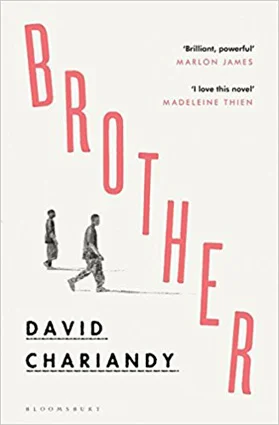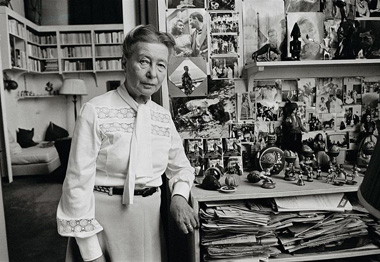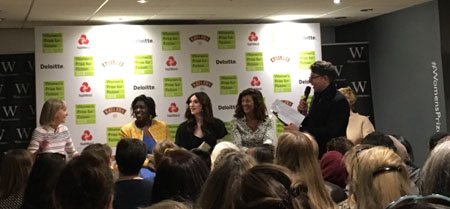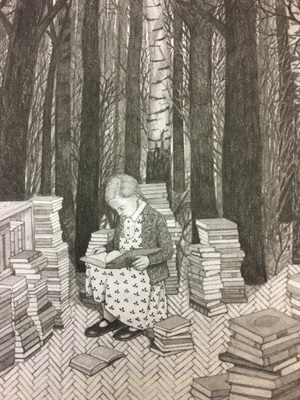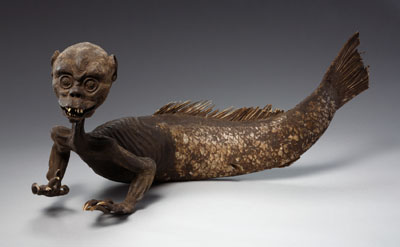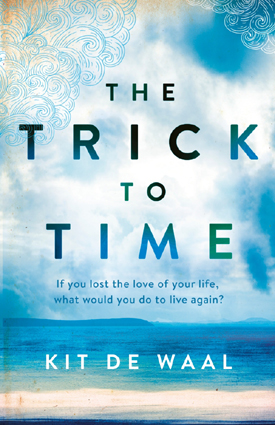There are innumerable unsung and compelling figures from history who never quite achieved the fame or long-lasting influence you’d expect. One of my favourite books from the past few years is Megan Mayhew Bergman’s collection of short stories “Almost Famous Women” which fictionalizes the stories of several striking women who were figures of marginal significance in their times but not widely remembered. A couple of her tales deal with people around the notoriously vibrant art scene in Paris between the Wars. In Rupert Thomson’s wonderful new novel he reimagines the lives of two particularly fascinating women from this period. Lucy Schwob and Suzanne Malherbe were a life-long couple both born into prosperous intellectual families in France near the turn of the century. They were artists and progressive thinkers who questioned static gender roles in the way they presented themselves and by adopting the gender-ambiguous names Claude Cahun and Marcel Moore. We follow their lives from childhood to mingling with significant Parisian artists to their dangerous anti-Nazi activism in occupied Jersey to the post-War years. It’s a sweeping and thrilling novel that gives an entirely new perspective of early 20th century Europe and a powerful account of a significant long-term same sex love affair.
It’s clever how Thomson chooses to narrate his novel through the perspective of Suzanne/Marcel becomes she’s in many ways the more stable and practical partner of this intriguing pair. Lucy/Claude is daringly defiant in her opinions and actions, but she’s also erratic and if the narrative were steered by her voice it would probably grow too unwieldy. Instead we follow their experiences through the dogged and perceptive point of view of Suzanne who is enthralled by Lucy’s radical ideas and cavalier attitude. At one point she recounts Lucy declaring “Masculine, feminine,’ she said. ‘I can do all that. But neuter – that’s where I feel comfortable. I’m not going to be typecast or put in a box. Not ever. I’m always going to have a choice.” It’s impressive how forward-thinking and brave this couple were to live in a way which so stridently defied the gender norms and conventions of the time. While this spurred their artistic visions in writing and the visual arts, their refusal to be categorized and the fact it was a male-dominated milieu probably contributed to the fact that this couple’s work isn’t as well remembered as that of some of their peers.
Something I love is the empowering self-determined way these women choose uncertainty over a safe and predictable life. In practical terms it would have been much easier for them to settle down into stable lifestyles, but they chose each other and they chose to question instead of being complicit. They declare their stance as such: “The path I had chosen was the one that I could not imagine.” Given the time period and sex they were born into it’s very easy for them to imagine straightforward conventional lifestyles, but they strike out into uncharted territory in their love affair as well as dealings with the founders of the Surrealist movement and in undermining the imposed authority of the Nazis. Although they are faithful in their love for each other, this refusal to adhere to convention also includes not settling down into a strictly monogamous relationship – something which naturally becomes a source of friction for the couple over the years.
Anyone enamoured with the glamorous intellectual circles which have been frequently mythologized in fiction and nonfiction accounts of the interwar periods of Paris will take pleasure in the many cameos of noteworthy eccentric figures. These include Gertrude Stein and her “melancholy lover, the one with the drooping eyelids”, Salvador Dali who is “a dapper, narrow-shouldered man with slicked-back hair and a moustache… up close, he smelled of old gardenias, their petals browning at the edges” and Andre Breton who “wore a green suit and a pair of spectacles, and he carried his famous cane on which were carved vaginas, erect penises and slugs.” There’s a strong sense of how these groups were self-consciously fashioning legacies at the time. Also, the warring egotism of different artists meant that “The movements came and went more quickly than the seasons, and the rifts between people we knew were perennial and vitriolic.”
Claude Cahun & an unknown woman
However, this novel comes most grippingly alive when Suzanne and Lucy move to Jersey seeking stability and quiet, but find the war comes to their doorstep. Their actions are incredibly brave and it leads to some very tense scenes. There are also some funny observations about how easy it was, in some cases, to fool the Nazis by simply signing their anti-German fliers as if they were a soldier because “No one looking at the word ‘soldier’ would think of a woman.” However, the very narrow-minded misogyny which ironically allows them to get away with their subversive activities for so long also gets them into hot water when the Germans refuse to believe they were simply two older ladies acting alone. The fact that I had no prior knowledge about this couple and how their lives would play out added to making this novel such a tense read for me.
“Never Anyone But You” is also an especially compelling and heartfelt novel. It’s wonderful reading about a historical same sex relationship portrayed in such a compassionate way. There is an intensity and beauty to breaking taboos to be with the person you’re naturally drawn to, but there’s also a sense of isolation which comes from finding love which cannot be celebrated within the larger society: “Since we were excluded, we became exclusive.” This is a powerful sentiment that’s also echoed in Matthew Griffin’s novel "Hide" about a long-term gay relationship. I also admired how Rupert Thomson avoids sentimentality in how he presents the bond between these women: “It’s a mistake to think that a long relationship is boring. The longer you’re with someone, the more mysterious they become.” Following the harrowing story of this dynamic couple which is brought so vividly to life in Thomson’s novel made me appreciate how complex these women were and grateful that they’ve been rescued from obscurity.











